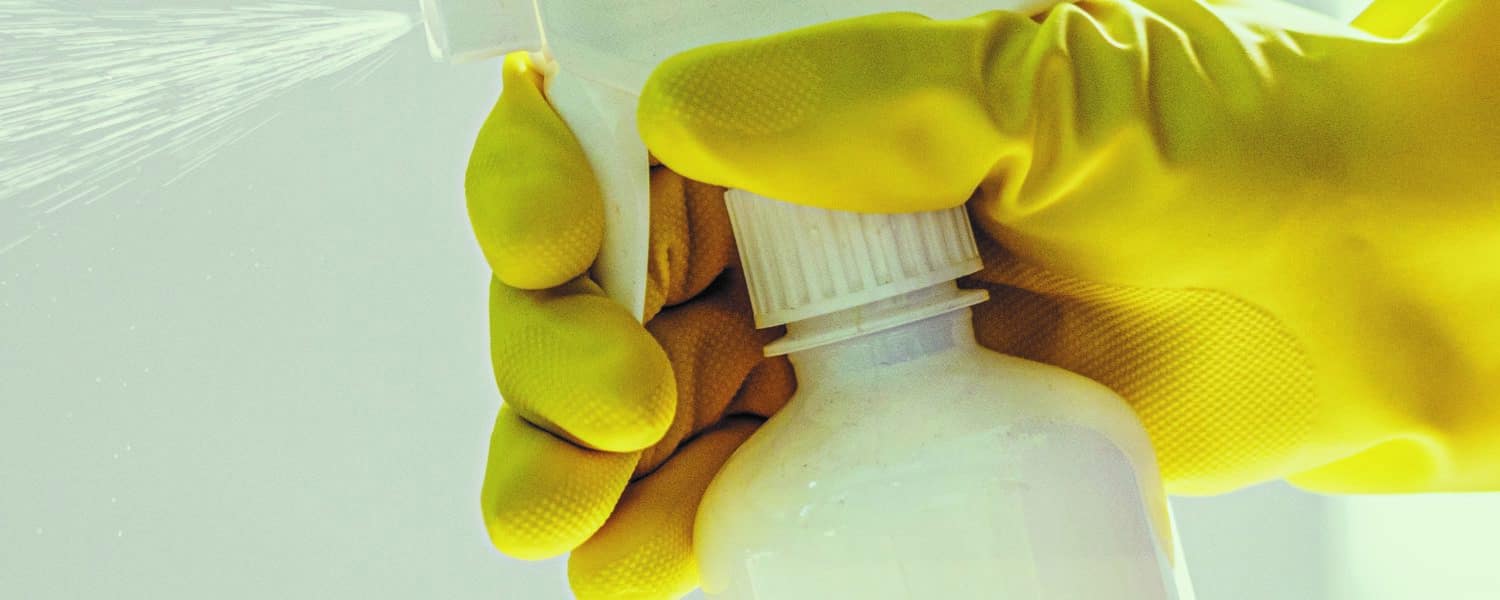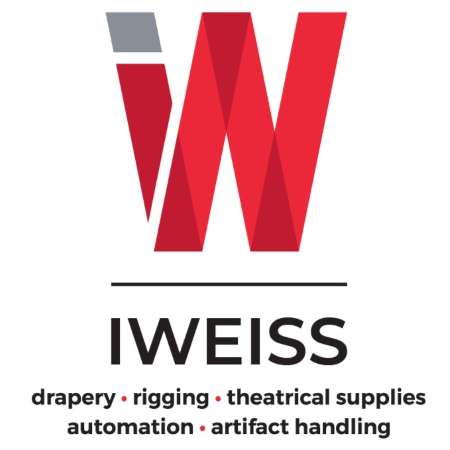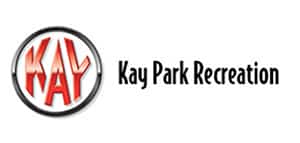The pandemic has blurred the lines between cleaning and disinfecting. They are two separate processes; however, they are now the same in the mind of the building occupant/user. COVID has wholly changed how “clean” is looked at in an educational environment. Clean is now not just viewed as “tidy”—it is now viewed as “safe.” It evokes an emotional response: untidiness is no longer an annoyance—it’s a personal threat. This has always been the case in hospitals, though far less so in schools. Those days are over, as the expected standard is far above what it used to be.
The smiling face you see multiple times a day disinfecting high-touch points is now critical personnel. Not only are they keeping everyone in the school safe throughout the day, but they are a visual reassurance to students, staff, and parents of the importance the school places on each person’s health.
Equally important will be the continued use of electrostatic disinfection after hours. Not only do these machines provide more complete coverage for disinfection than a spray bottle, but they also do it in less time, with fewer chemicals, and with less labor. With both of these additions, it is mandatory that the proper training accompany them to keep your associates safe by equipping them with appropriate PPE and safety protocols.
In its simplest form:
- Cleaning: Spray and wipe, removing visible debris.
- Sanitizing: Covering with a chemical approved to kill 99% of prescribed pathogens when left to sit wet for a full 30 seconds.
- Disinfecting: Covering with a chemical approved to kill 100% of prescribed pathogens when left to sit wet for 10 minutes. Multiple pathogens (COVID included) some chemicals will destroy with a two-minute sit time, so use is dependent on a targeted purpose.
We also see permanent improvements in the air we breathe inside our buildings. Three options immediately stood out as measures to improve indoor air quality, with the simplest to implement being the increase to outside air being circulated. The downsides of this method are increased energy use and increased energy costs, although these can be reduced by replacing outdated units and establishing comprehensive Preventative Maintenance programs.
Air filters are an easy change as well: increasing the MERV and implementing regular inspection and timed replacements. The modifications we have seen that make the most substantial impact on existing HVAC units have come from aftermarket add-ons: Ultra-Violet Disinfection, Bi-Polar Ionization, and Dry Hydrogen Peroxide. Each works in specific ways to break down pathogens and toxins that pass through the circulated air.
Courtesy of the CARES acts, along with new HVAC systems, many schools implemented more advanced IAQ technologies that include continuous indoor air quality monitoring of not only the standard temperature and humidity, but CO2, VOCs, and various ppm levels of air particulate. These measurable and visual tracking systems assign a level of accountability that provides reassurance to your local community as well as to your PM program allowing your valuable equipment to operate at its highest efficiency for years to come.
Not soon to be forgotten is the headache felt by everyone during the last year over the supply chain breakdown. Buyers found out very quickly who they could depend on in a crisis, and while some relationships have grown stronger, other have deteriorated. Moving forward, more value will be placed on building relationships with distributors. Contingency plans that include faucets of demand planning with freight delays and lists of alternative products should be kept on hand and up to date.
While we found out we could, in fact, survive without eating in restaurants, it was never a possibility that we stop a child’s access to education. The demands this put on educators and facilities services at times circled in uncertainty, forced paradigm shifts in thought, and ultimately outlined a better path forward. As an industry and individual leaders, we are now able to conquer the demands of subsequent school years with higher expectations, more rigid standards, and a slightly higher confidence that the next person’s hand you shake has been washed for a full 30 seconds.
This information is courtesy of SSC Service for Education, which provides customized facility solutions to more than 170 educational clients in 30 states, www.sscserv.com.









